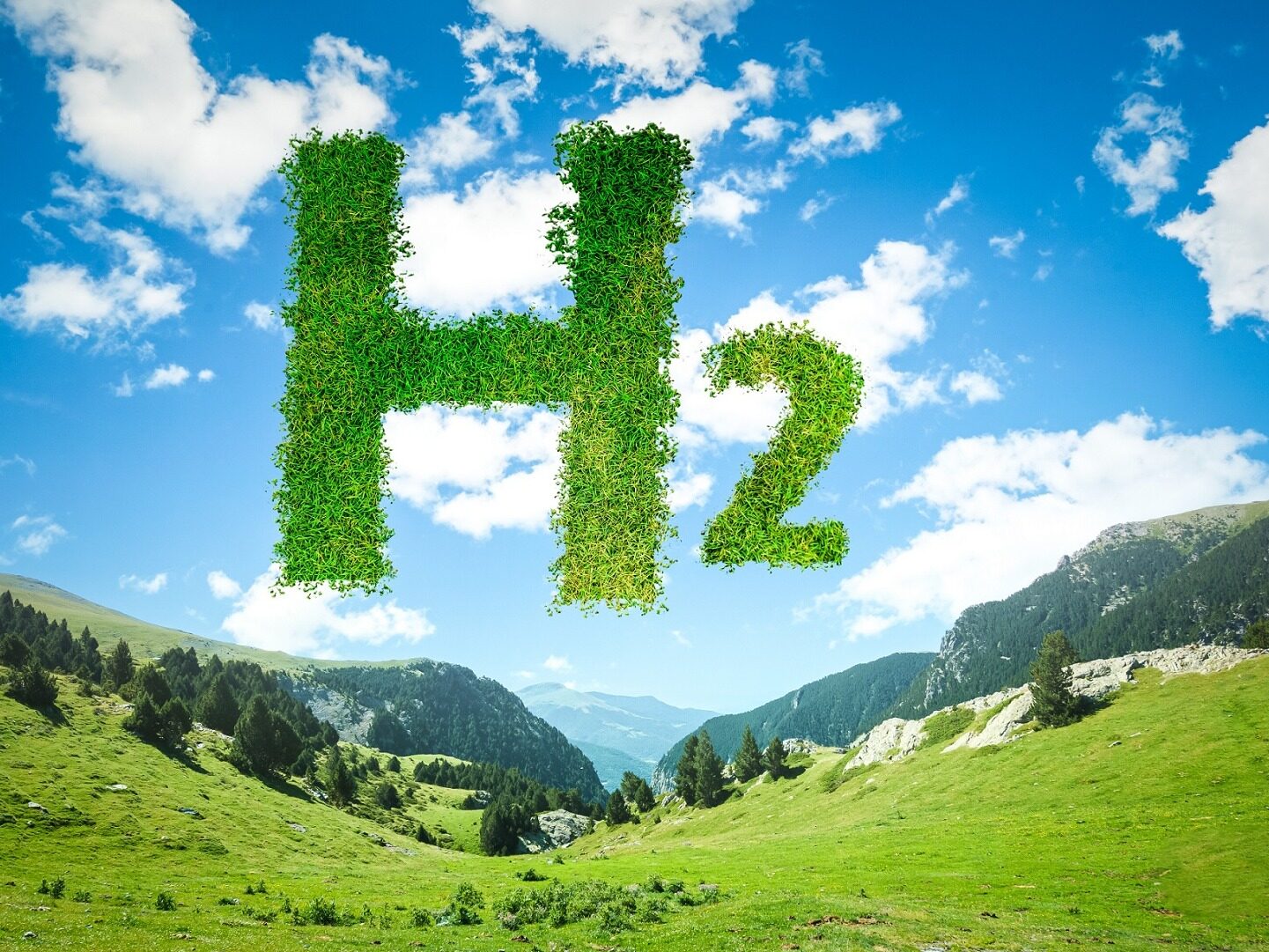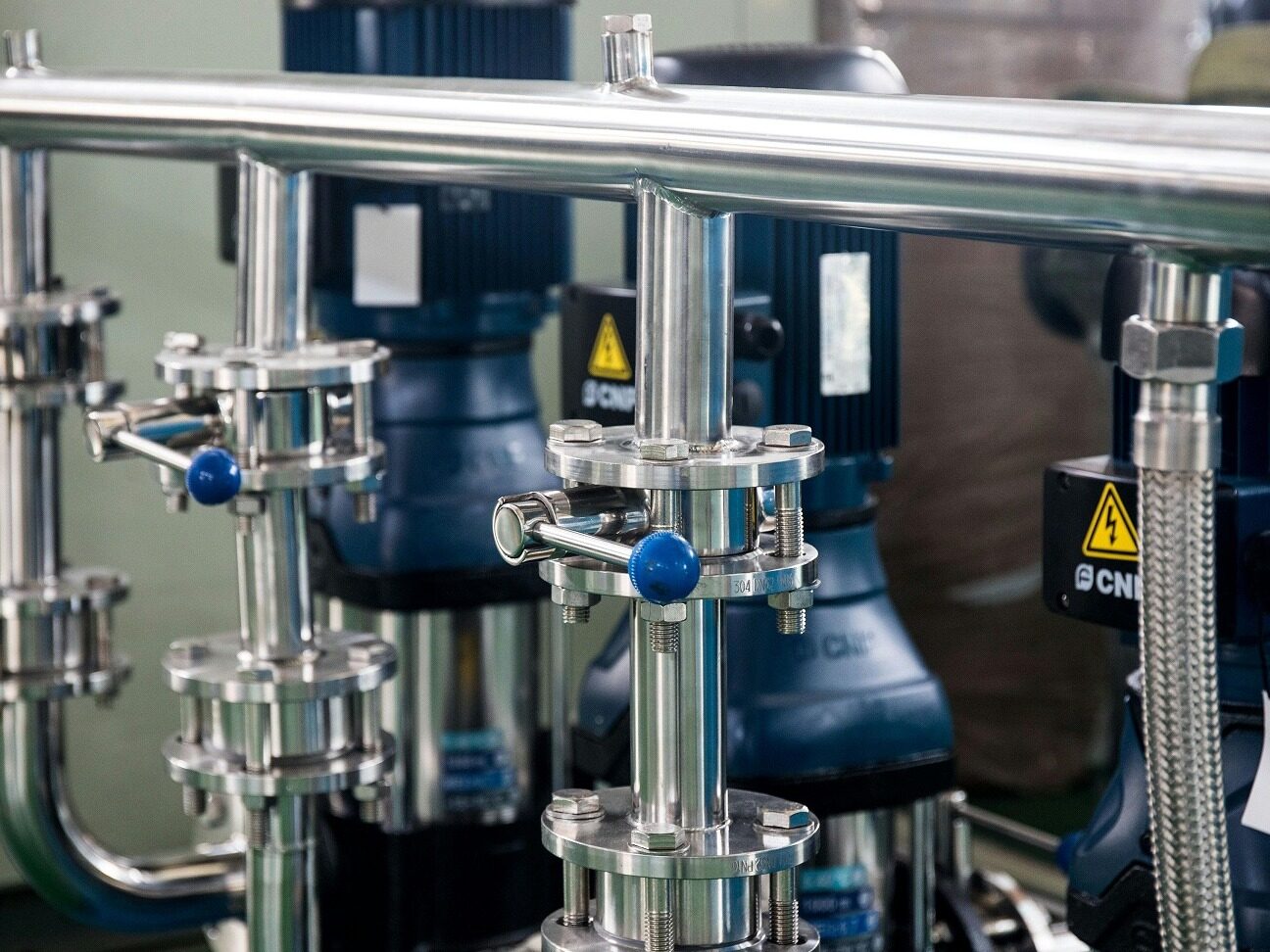- The solar energy splitting water hydrogen production technology has advantages such as low energy consumption and strong controllability
- Solar energy splitting of water to produce hydrogen refers to the process of using solar energy to decompose water into hydrogen and oxygen, thereby obtaining hydrogen gas
On August 18, 2023, the new production and processing integrated hydrogen refueling station project of Yulin Zhongweizhi Hydrogen New Energy Co., Ltd. was approved for filing.
The project is located in the southern area of Hengshan Industrial Park, covering a total area of 69 acres, including 54 acres of hydrogen production area; The hydrogenation area covers an area of 15 acres. The project adopts a solar disc type photothermal cracking water hydrogen production process, with a planned production capacity of 365t/a and 80 photothermal hydrogen production discs; Equipped with a 1000kg/d skid mounted hydrogen refueling station and corresponding supporting facilities, the hydrogen produced is only used by this refueling station.

Solar cracking of water to produce hydrogen refers to the process of using solar energy to decompose water into hydrogen and oxygen, thereby obtaining hydrogen gas. The energy consumption of solar energy splitting water to produce hydrogen technology is only one percent of that of fuel cells. It is an effective renewable energy source for renewable energy generation and storage, a powerful technical means for achieving carbon reduction in clean energy, and a key technology for the current development of energy conversion and new energy power systems.
Compared with traditional catalytic hydrolysis technology, solar powered water splitting technology has advantages such as low energy consumption and strong controllability, but there are still some technical problems that need to be solved. Firstly, the efficiency of solar powered water splitting technology for hydrogen production is generally low, and it still lags far behind traditional fuel cell catalytic hydrolysis technology. Mainly because there is an efficiency loss between thermal efficiency, photothermal conversion efficiency, and photothermal conversion and catalytic efficiency in the conversion process of solar power generation systems, the actual available effective energy is low, and the comprehensive efficiency of solar hydrogen energy technology is also low. Secondly, there are also many equipment related issues in the technology of solar powered water splitting for hydrogen production, mainly in terms of reactor reliability. For example, the stability of solar catalysts, the consistency between catalysts and carriers, and the structural design of solar reactors all need to be addressed. Editor/Zhao E
Comment
 Praise
Praise
 Collect
Collect
 Comment
Comment
 Search
Search














Write something~